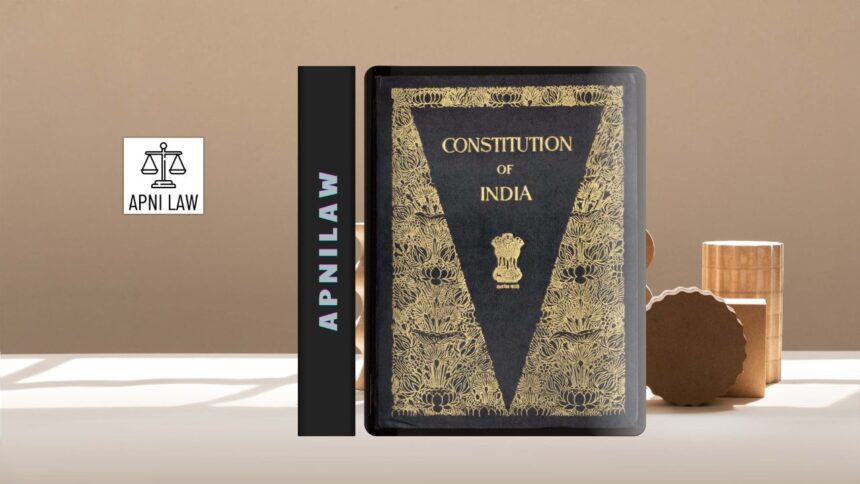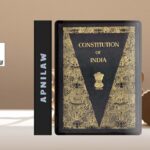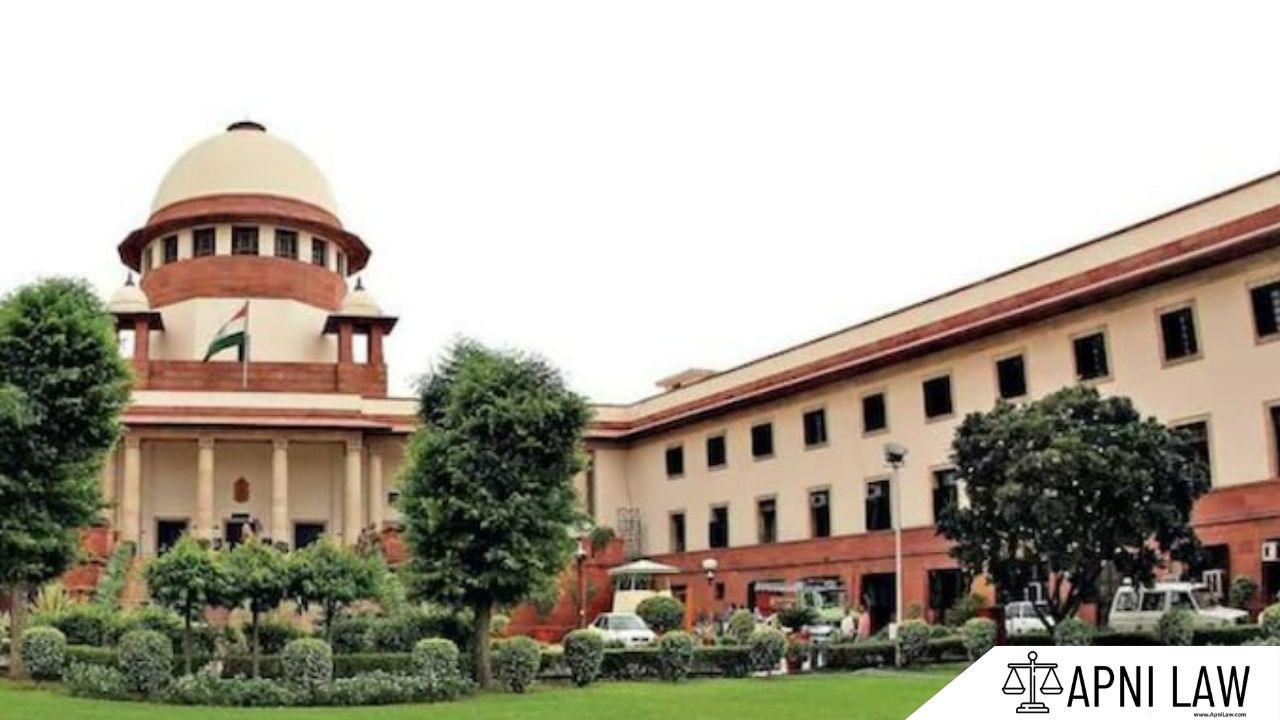Introduction
The enforcement of the Indian Constitution on 26 January 1950 was a turning point in India’s democratic journey. While the Constituent Assembly adopted the Constitution on 26 November 1949, it came into effect two months later, on 26 January 1950. This date carried symbolic importance, linking India’s constitutional democracy with its long struggle for independence. On this day, India formally became a sovereign, democratic republic, governed by a Constitution created by its own people. The celebration of Republic Day each year continues to honor both the document and the vision behind it.
Why 26 January Was Chosen
The framers of the Constitution deliberately selected 26 January 1950 as the enforcement date to honor a milestone in India’s independence movement. On 26 January 1930, the Indian National Congress had declared Purna Swaraj, complete independence, rejecting dominion status under British rule. That day was celebrated nationwide, with people pledging to achieve full self-rule.
By choosing 26 January, the leaders ensured continuity between the freedom struggle and the republic’s birth. It highlighted that independence was not just political separation from Britain but also the adoption of a constitutional framework that upheld justice, liberty, equality, and fraternity.
From Adoption to Enforcement
The Constituent Assembly adopted the Constitution on 26 November 1949 after nearly three years of debate and drafting. However, it did not come into force immediately. The gap allowed the government to prepare administrative systems, transition from colonial laws, and establish new institutions like the office of the President and the Supreme Court.
On 26 January 1950, the Constitution came into effect in its entirety. India officially became a republic, severing its final constitutional ties with the British Crown. Dr. Rajendra Prasad took oath as the first President of India, and the Constituent Assembly transformed into the provisional Parliament until the first general elections in 1952.
Republic Day: The Birth of a New Nation
The enforcement of the Constitution on 26 January 1950 gave India its identity as a republic. While independence had been achieved in 1947, the country still operated under colonial laws. It was the Constitution that replaced the Government of India Act, 1935, and established India’s legal framework.
The Constitution guaranteed fundamental rights, established parliamentary democracy, and created a federal system. It unified the diverse nation under one guiding document and gave citizens a sense of belonging to a sovereign republic.
Celebration of Republic Day
Since 1950, 26 January has been celebrated as Republic Day with great pride. The annual parade in New Delhi showcases India’s military strength, cultural diversity, and technological progress. It symbolizes both power and unity, reminding citizens of the Constitution’s values.
Across the country, schools and institutions observe the day with flag hoisting, cultural programs, and readings of the Preamble. For citizens, Republic Day is not only a commemoration of history but also a reminder of their rights and duties under the Constitution.
Role of Leaders in the Transition
The smooth enforcement of the Constitution was possible because of the visionary leadership of the Constituent Assembly. Dr. B.R. Ambedkar, as Chairman of the Drafting Committee, ensured that the Constitution was comprehensive and suited to India’s needs. Dr. Rajendra Prasad provided steady guidance as President of the Assembly. Leaders like Jawaharlal Nehru and Sardar Patel played key roles in integrating political and social perspectives into the document.
Their combined leadership ensured that 26 January 1950 marked not chaos but a historic and seamless transition from colonial rule to a republic.
Significance of Enforcement
The enforcement of the Constitution on 26 January 1950 had profound significance. It gave legal effect to fundamental rights, created democratic institutions, and established India as a republic. By linking the date with the 1930 Purna Swaraj declaration, the framers also gave the Constitution a symbolic connection with the freedom struggle.
Republic Day therefore represents not only the start of constitutional governance but also the continuation of India’s quest for justice and equality.
FAQ Section
When was the Constitution of India enforced?
The Constitution was enforced on 26 January 1950.
Why was 26 January chosen as the enforcement date?
It was chosen to honor the Purna Swaraj declaration of 1930, when the Congress demanded complete independence.
What happened on 26 January 1950?
India officially became a sovereign, democratic republic. Dr. Rajendra Prasad took oath as the first President, and the Constitution came into effect.
Why is Republic Day important?
It marks the beginning of India as a republic and celebrates the Constitution, which guarantees justice, liberty, equality, and fraternity.
Conclusion
The enforcement of the Constitution on 26 January 1950 was much more than a legal step; it was the fulfillment of a long struggle for freedom and self-rule. By selecting this date, the framers connected the republic to the pledge of Purna Swaraj and ensured that India’s democracy would be rooted in both history and vision.
Republic Day is not just a holiday but a living reminder of the values enshrined in the Constitution. Even today, the Constitution continues to guide India, ensuring that justice, liberty, equality, and fraternity remain the foundation of its democracy.
For any specific query call at +91 – 8569843472








